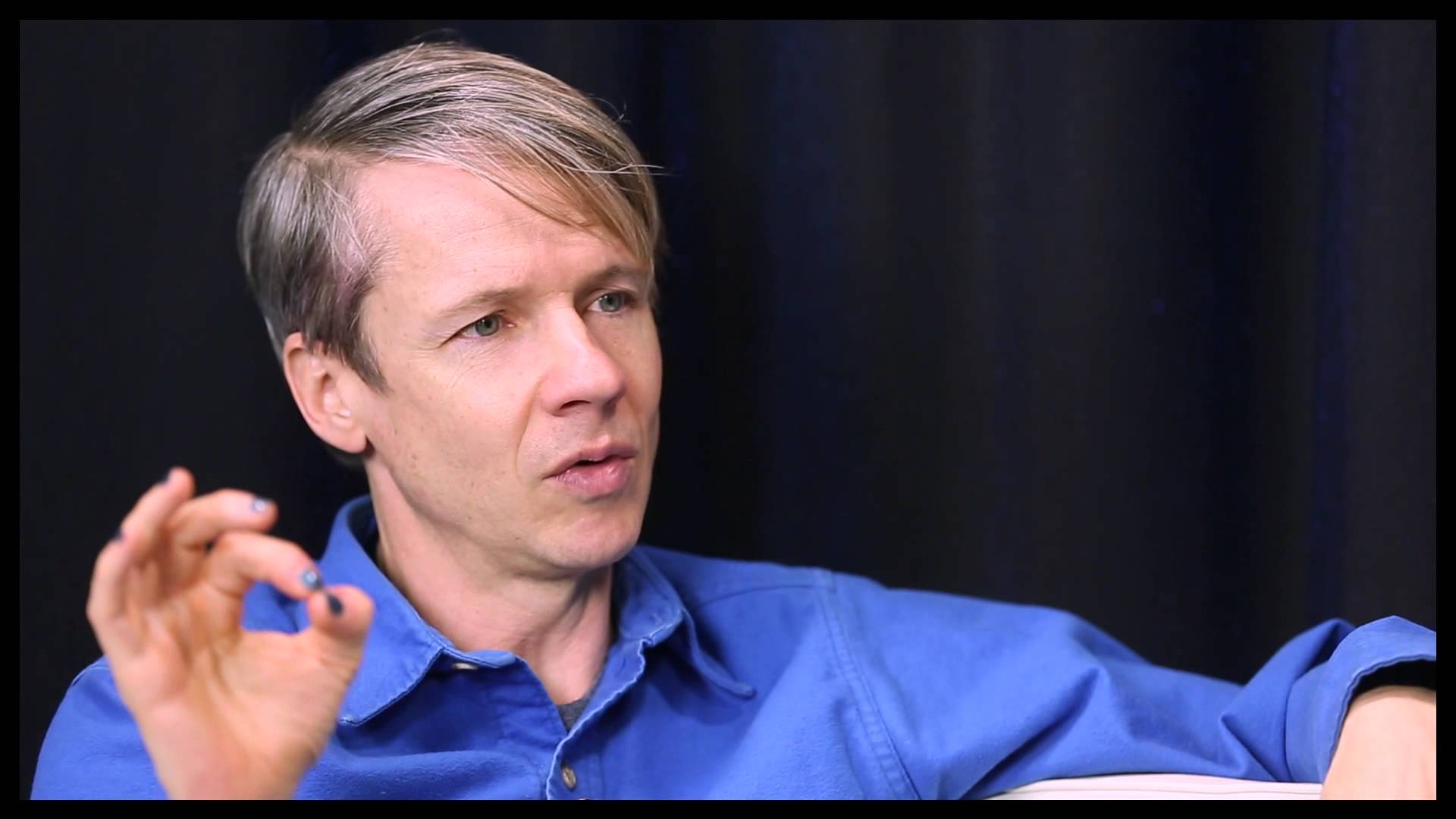John Cameron Mitchell is one of the few openly gay men currently working as a director to have built enough of a feature film library where he could be considered to have an oeuvre. In the 17 years since his feature debut, he has put three films under his belt with a fourth on the way to wide distribution. Those first three cover such a broad swath of subject matters and themes that, at first glance, he might be considered mercenary in his approach, tackling topics that intrigue him without any general sense of thematic consistency across his career. However, there are seeds of Mitchell to be found in each of his works, whether he wrote the film, inspired its plot construction, or simply adapted another’s stage play, and those pieces coalesce around notions of artistic expression as a mode for questioning assumed realities.
Mitchell’s 2001 feature film debut was a cinematic adaptation of his own Broadway musical, Hedwig and the Angry Inch. Mitchell stars as the titular Hedwig, the transgender front woman of a rock ‘n’ roll band, who struggles with the success of her pupil, Tommy Gnosis (Michael Pitt), after he steals her songs. Through Hedwig’s music, we discover her troubled past as a child in East Berlin, her botched gender-affirming surgery that enabled her to emigrate to the United States, and the ultimate betrayal by Tommy that left her questioning her place in the world.
Even though the film raises problematic assumptions that Hedwig’s gender identity is born from a place of perpetual sexual abuse throughout her life, there is something to be said for how Mitchell views gender expression and identity as a mode for constantly questioning assumed norms. Throughout the film, we are not only treated to Hedwig’s musical compositions, but also hand-drawn and animated representations of the concepts she sings about, both in the abstract and the literalized, bridging the gap between her artistry and our personal interpretation of it. What results is somewhat messy and ill-defined by the film’s final moments, but the artistic expression Mitchell uses to explore the nature of non-binary and non-cisgender identities is heartfelt in its intention and is purposely non-conclusory.
Mitchell continued this trend of queer questioning artistry through his 2006 film, Shortbus, which isn’t so much written by him as it was organized from the varied experiences of the film’s actors. Touching on the intersecting lives of various residents of New York City, Shortbus paints a portrait of diverse sexualities, none of which fit cleanly into identifiable boxes or are even considered acceptable by mainstream society. Furthermore, the film’s characters cope with issues of depression, obsession, and the beginnings and endings of relationships.
Though scripted by Mitchell, the film is born of workshopped character studies from experiences other than Mitchell’s own, which contributes to the diversity of perspectives presented and ultimately forces the viewer to accept that even if their particular sexuality is represented, they are inevitably going to be a minority because every single person approaches their connection to sex in a different way. Sex, at least according to Shortbus, is in itself an art form, and we are allowed a rare, un-exploitative cinematic glimpse at sex lives as personal expression, which is, in turn, complemented by the handcrafted look of the Shortbus club and transitional segments that carry us between characters throughout the city. Once again, Mitchell’s film is messy and ill-defined in its ethos, except that it establishes a firm stance that consensual, mutual exploration of sexuality is a positive and self-affirming act, whether it’s used purely for pleasure or as a coping mechanism for greater problems.
This, however, leads us to Mitchell’s black sheep film, Rabbit Hole. Until this film, Mitchell’s works were personally crafted explorations of gender and sexuality, but Rabbit Holeis an adaptation of a stage play by David Lindsay-Abaire in which a couple, Becca and Howie (Nicole Kidman and Aaron Eckhart, respectively), deal with the loss of their four-year-old son to a tragic accident. It would seem that this film exists outside of Mitchell’s wheelhouse, but there’s a certain element to the story that relates very strongly to the queer narrative—the notion of dual and hidden identities.
See, Rabbit Hole doesn’t pick up immediately after the death of the couple’s son, but rather eight months later, when other people are unsure whether an appropriate amount of grieving has been done. Becca struggles with the constant reminders of their son’s existence and only wishes the pain to stop, while Howie wants to move on with their lives, not to forget, but so that he doesn’t linger as his wife appears to. Meanwhile, they must put on a good and socially acceptable face to the outside world, only to have it slip when the pressure becomes too heavy.
For anyone who has come out with a queer identity, those pressures are relatable, even if the situations are not at all similar. And how do the characters of Rabbit Hole cope with their tumultuous emotions? Well, they don’t directly participate in artistic expressions, but they find outlets for relating to other people; Becca in particular builds a relationship with the teenager (Miles Teller) who ran over her son, who copes by hand-crafting a comic book to work out his emotions. This comic is one of the pieces that helps Becca move past her own anger at the world. But even as Becca and Howie reach the resolution of their growth by the story’s end, the film’s final monologue makes clear that the pain will never leave them, and that their struggles within and without will never be resolved, haunting them, even as it seemingly gets a little easier all the time.
It’s clear that in Mitchell’s worldview, artistic expression and interpersonal relation are primary modes for working through complex and unanswerable turmoil, whether that turmoil is through gender expression, sexuality, or unimaginable loss. Art is a point at which the solipsistic individuality of the human experience converges, and it is through the messy and complicated world of art that we find solace (even if we don’t find the cleanest or most satisfactory of answers). Mitchell’s next film, releasing later this year, is How to Talk to Girls at Parties, an adaptation of a Neil Gaiman short story in which a teenage boy meets a collection of esoterically strange women at a party who may not be of this world. It’s a story that is largely subject to interpretation, but at the heart of it is the narrative of a young man navigating an unfamiliar world of flirting with women who have experiences cosmically greater than his own. If that isn’t material ripe for the kind of bizarre, hand-crafted, conceptually irresolvable work of Mitchell, we’re not sure what is. Here’s hoping it lives up to the heights of his other chaotic gems.
*A version of this article first ran in the current print issue of Substream Magazine, on stands now and available through our online store!













